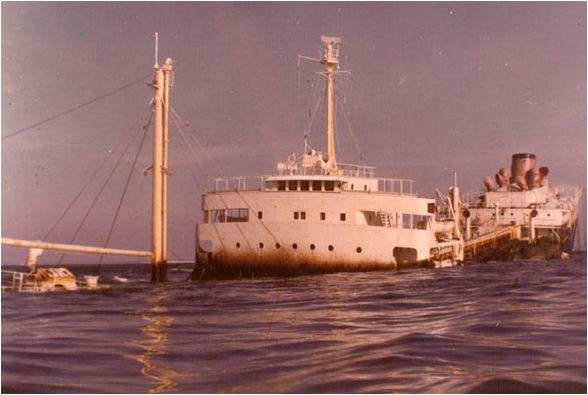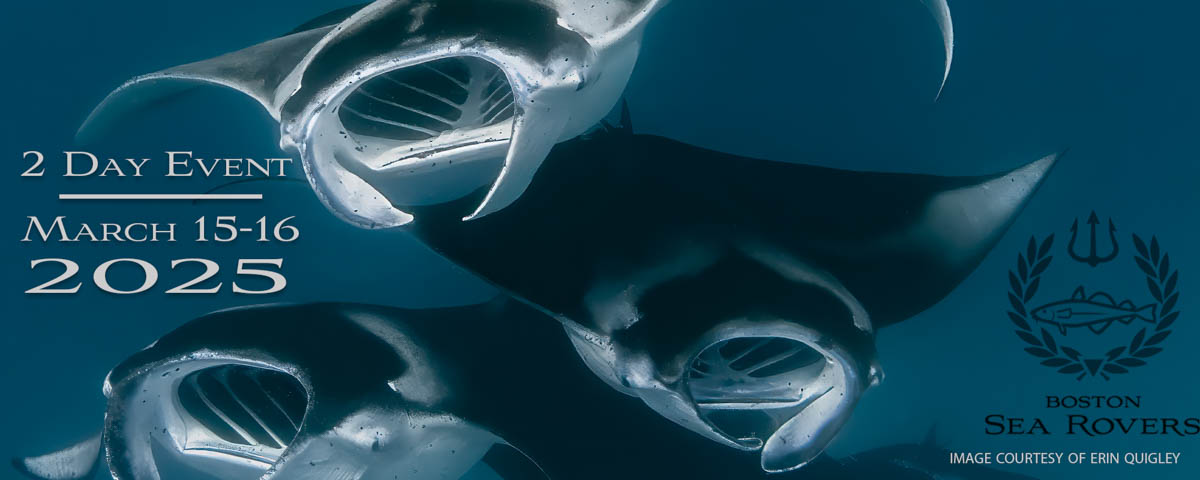February 4, 1970, is undoubtedly a day that most Nova Scotians will not forget. One of the oldest tankers in the Aristotle Onassis fleet, the SS Arrow, an ocean tanker, ran aground and poured its load of oil into Chedabucto Bay, Nova Scotia. During a storm, the ship hit Cerberus Rock and broke in two, pouring more than 10,000 tonnes of bunker oil into the sea.
The SS Arrow was designed in 1948 as the Olympic Games tanker by Bethlehem Steel Company, Sparrows Point, Baltimore, Maryland. Renamed the Sea Robin in 1960 and eventually Arrow in 1962, the ship was a Liberian-registered tanker. She was an expanded version of the regular American wartime tanker design at 551.2 feet (167.9 metres ) in length, 68.3 feet (20.7 metres) in width, and a draught of 29.9 feet (9.1 metres).
In Aruba, off the coast of Venezuela, the SS Arrow took approximately 16,000 tonnes (10 million litres) of bunker C oil under charter to Imperial Oil Limited, bound for the Stora paper mill in Point Tupper, Nova Scotia. In Chedabucto Bay, off the east coast of Nova Scotia, on February 4, 1970, in a gale and just 14.6 nautical miles from her destination, she ran hard on Cerberus Rock, a well-known, well-charted navigational hazard. In the middle of the morning, halfway between high and low tide, the Arrow ran aground, pushed by 60 knots of southwestern winds and blinded by thick mist. The effect drove the tanker’s forward portion onto the rock formation, wedging it hard against the rock pinnacle with the steering side.

On February 4, 1970, the crew were taken off the vessel at night. The deck plates and lateral plating started to buckle after four days of rough seas and weather pounding the ship against the rock. The tanker broke down into two pieces on February 8, 1970. In an upright position, both the stern and bow sections sank and little damage was done to the storage tanks and hold of cargo in the stern section.
On February 8, 1970, efforts to free her from the rock failed when attempts to pump her cargo into rescue ships and battered by wind and wave action split in two, dumping about two-thirds of her cargo. The ensuing investigation found that for two months, Arrow’s depth sounder had not been operational, her autogyro compass indicated a three-degree west permanent error and her radar failed around an hour before she ran aground.
Of the 30 cargo tanks on the vessel, only 9 remained intact after the vessel broke in two and sank, all of which were located in the tanker’s stern section. In late February 1970, salvage operations began to pump all the remaining Bunker C from the tanks that remained intact. All the remaining Bunker C oil was removed in the 9 cargo tanks by April 11, 1970






